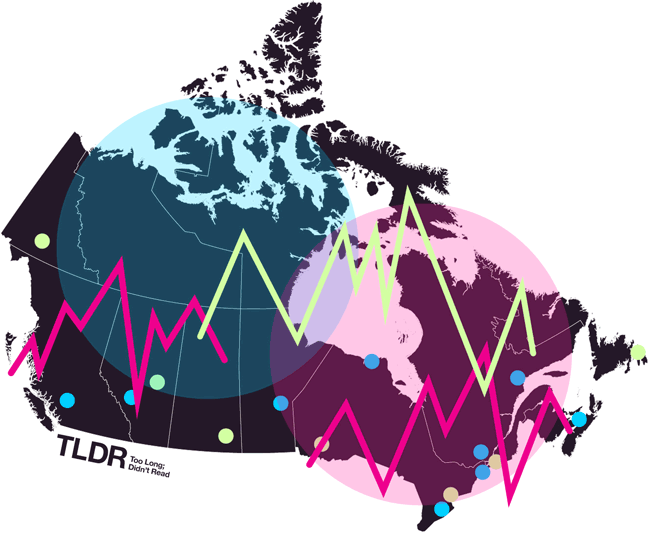March 30, 2016
The federal government is embarking on an ambitious new mandate with over 300 commitments flowing from its election platform and Ministerial mandate letters.
Delivery units have been successfully tried in other jurisdictions, but how will the delivery methodology translate in a decentralized federation like Canada when the federal government must rely on provinces and municipalities for progress on many of its key commitments?

Central government delivery units are a relatively new phenomenon, first implemented in the UK in 1999, and also adopted in jurisdictions ranging from Ontario and Maryland (highlighted in the Wire) to Singapore. While varying in design, many of the key features of ‘deliverology’ as it’s been termed by Sir Michael Barber, are broadly consistent regardless of locale. Those features include establishing clear accountabilities and indicators, setting ambitious targets with realistic trajectories, tracking performance rigorously, updating key decision makers on a regular basis, and taking actions (both rewards and consequences) to keep implementation on track.

How the approach will work in a federation is a key question that hasn’t received much attention as the federal government embarks on its own deliverology journey. Canada’s federal government will often need to work through partners to achieve outcomes. The deliverology approach has typically been implemented in unitary states (the UK, Singapore), at the sub-national level (Ontario, Maryland, Punjab) or in federal states with a high degree of centralization (Malaysia). Consequently, the sightlines of key priorities have typically been very clear – for example, the Prime Minister’s Delivery Unit in the UK focused on key priorities around education, health, transportation and crime, where the national government had clear jurisdiction to improve hospital wait times, increase literacy and numeracy rates or reduce road congestion and crime rates.
In Canada, progress on climate change will largely rest on provincial commitments. Strengthening Canada’s innovation performance will require significant provincial (and private sector) involvement. Investments in infrastructure will require cooperation with provinces and municipalities. Many of the significant federal commitments which don’t require intergovernmental cooperation tend to be ‘on/off’ in nature (e.g. changing tax brackets or restoring the mandatory long-form census), and therefore not as amenable to tracking trajectories and longer-term milestones.
Most of the tricky policy challenges facing Canada today cut across jurisdictional boundaries and will require joined-up solutions from multiple governments working closely together to set priorities, marshal resources and measure outcomes.
As the federal government determines which priorities to track, and how to effectively ensure delivery, closer collaboration with provinces and municipalities can, and should be, in the cards. Most of the tricky policy challenges facing Canada today cut across jurisdictional boundaries and will require joined-up solutions from multiple governments working closely together to set priorities, marshal resources and measure outcomes. Tracking progress on shared priorities like innovation, climate change and infrastructure investment should be done in a way that takes account of Canada’s federal structure and doesn’t artificially separate governments working in shared policy space.
A public, transparent shared dashboard that connects government efforts on key priorities would be a transformative, longer-term goal to help citizens keen to get a better sense of how successfully key problems are being tackled. It could also provide clear accountability in areas of shared jurisdiction like economic development (where governments across Canada spend over $20B collectively a year), the environment, infrastructure and labour market supports. Extensive intergovernmental negotiations would be required to underpin such a process, and would lead to many jurisdictional and resourcing battles. Nevertheless, as companies like Google and Airbnb continue to demonstrate the benefits of leveraging data to refine the execution of strategic objectives, our governments should start working collaboratively to deliver key results for Canadians.
More related to this topic
Author
Sunil Johal
Release Date
Mar 30, 2016







